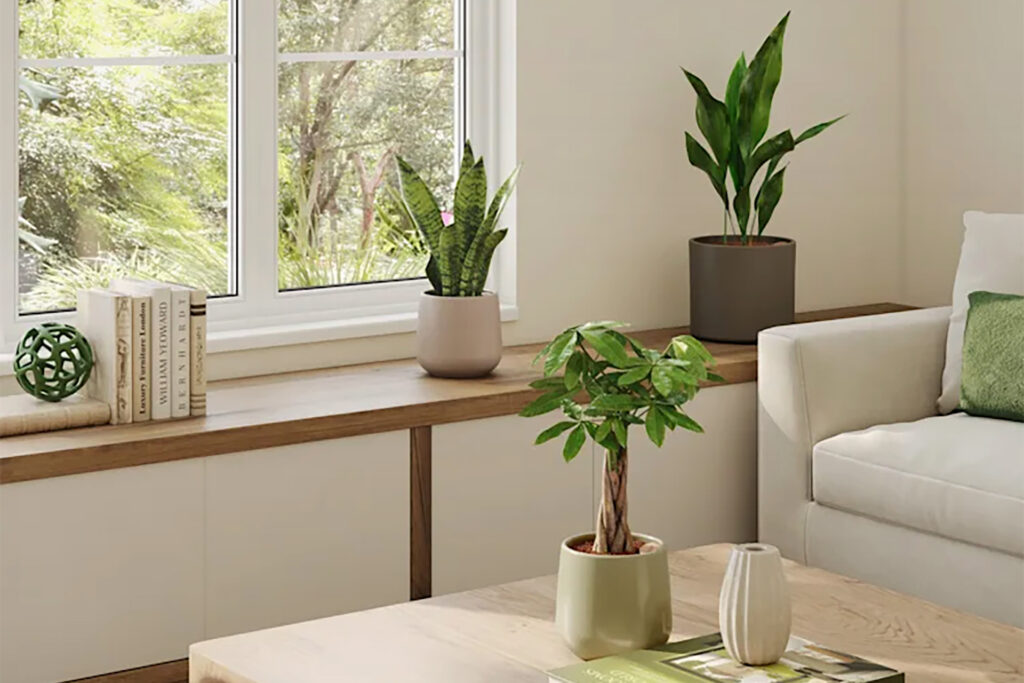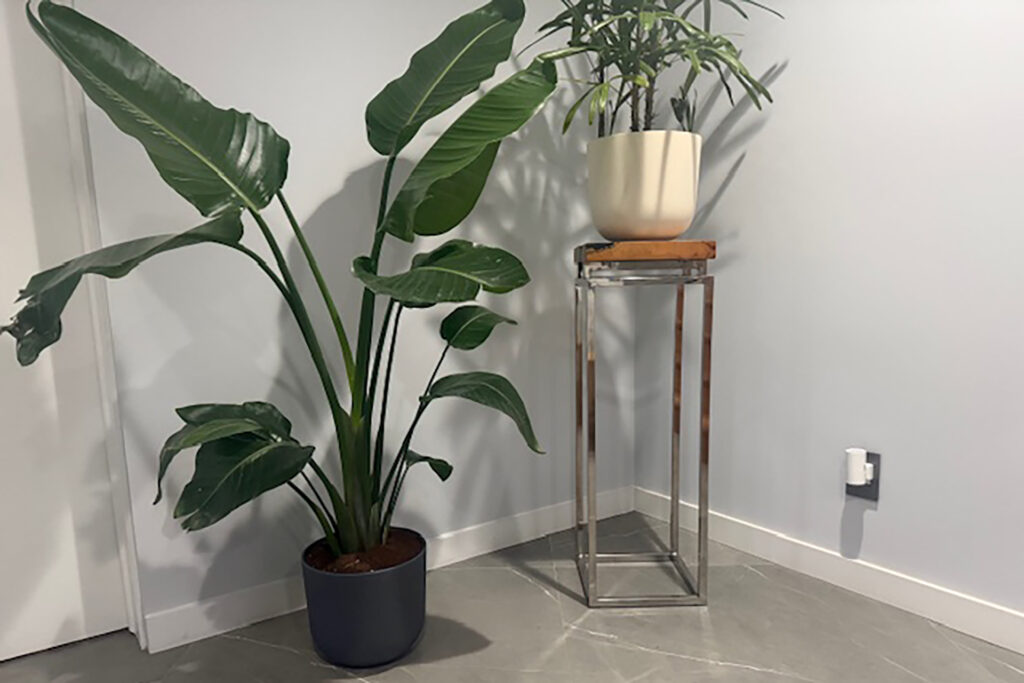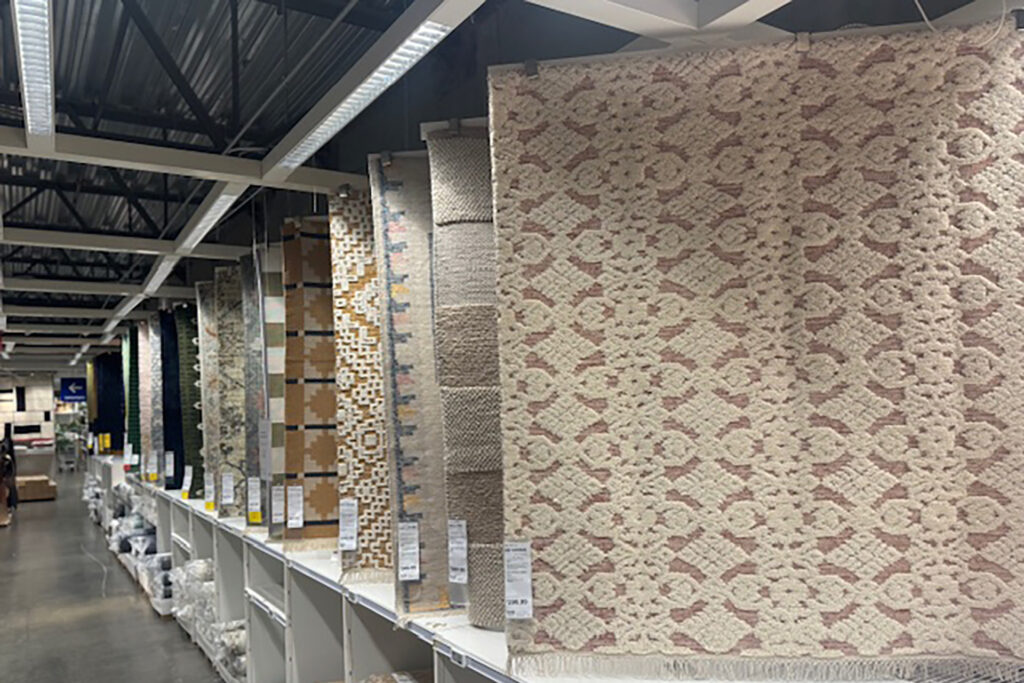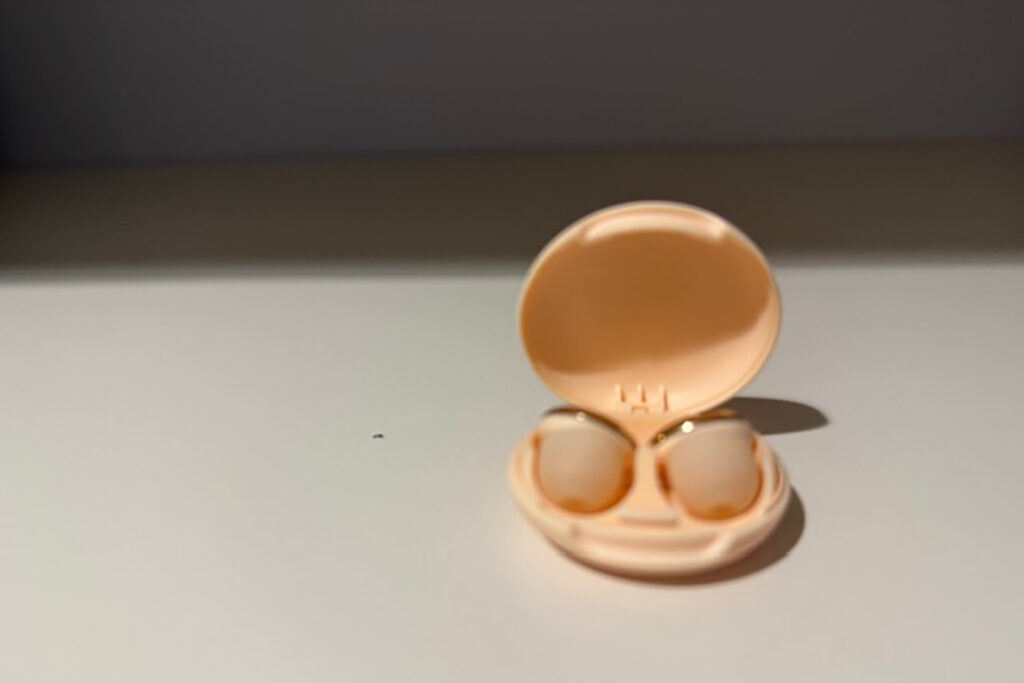Today’s audiophile gear has gotten so good and so affordable that it is amazing. We talk a lot about Chi-Fi, but that is far from the end of the volume of top-performing audiophile gear in the market today. There are all sorts of sub-$1,000 components worthy of consideration that, in the modern market, can perform at really high levels. Global manufacturing (pre-Trump tariffs) has created real value. The modern Class-D is another way to get incredible audiophile performance without spending every dollar in your IRA. The idea that a streamer like a BlueSound Node 2024 can deliver not just volumes of music in HD, but seriously respectable room correction through Dirac, is even more fuel to the fire. Simply put, 2025 is a good time to be an audiophile.
As participants in the hobby, we suffer from the clichéd concept of “if it is not expensive – it isn’t good” and many of the O.G. (original gangsters, to quote Ice-T) audiophiles won’t let this go, but it is time. You don’t have to spend a fortune to be an audiophile. You can be in our club with the purchase of a pair of ear pods and a little interest and/or enthusiasm for better sound. Being inclusive has not been a strong point for this historically all-male, all-Boomer hobby, but times are changing. Listening to music can be social, as opposed to listening alone in a darkened room with amps on the floor and cables strewn everywhere. Listening to music has health benefits in the physical domain (lower blood pressure is an easy one to measure for well under $50), as well as the mental health domain (less anxiety). Getting away from blue light, like the kind that comes from a device’s screen, is always a good thing for those of us who live in front of our computers, phones, tablets and/or other devices. These are all good outcomes and deliver health, happiness and joy. Ask a young person if they get those benefits from Instagram or purposefully addictive and literally spyware, such as TikTok.
One of the best parts of working on a more entry-level audiophile system is that the upgrades aren’t chasing the ever-expensive, Nth degree of performance, as many of us more advanced audiophiles do later into our musical and technological journey. The upgrades at this level can be big, yet priced so that real-world people can afford them. Real-world anything isn’t something that the audiophile hobby likes to promote. Today’s audiophile consumer shows and many audiophile stores offer little to no options on where to start in the hobby, but have countless audio demos of $100,000, $500,000 and even $1,000,000-plus systems. I like taking a Ferrari out for a test drive or a one-day exotic car rental, but I don’t want to own one long-term. Many music lovers feel the same way, so how can we make our “Volkswagen GTI go faster” applied to the audiophile world? It is doable and it is easy. We’ve got some easy, affordable ideas for you that really work. Here’s a list.

Add Easy Plants to Your Listening Room (Starting at under $100)
Before the Palisades Fire on January 7, 2025, my wife had been ordering pre-grown plants shipped to our home from a company called EasyPlant.com. One of the many trendy topics with younger people today, especially millennials, is house plants. There is an entire scene for houseplants here in Los Angeles, including fancy plant stores in Venice Beach and Silver Lake, as well as Santa Monica.
What’s cool about EasyPlant.com is that they ship you the plants boxed up and right to your door, and we’ve gotten more than a dozen and they come out of the cardboard looking downright amazing. There were no brown spots or broken leaves or anything sub-optimal. Earlier this winter, when it was “cold” here in Southern California, even in our fire-exiled home-away-from-home in Orange County, they thoughtfully delayed shipping to avoid any potential harm to the plants.
Okay, so you think you can’t keep plants alive (the absence of a green thumb)? I am with you here, but these Easy Plants come in planters that take a month’s worth of water. That’s it. Follow the instructions on where to place the plant for light, fill it up with water, and you are set. They weren’t joking with the easy part of EasyPlant.com.
Beyond the aesthetic advantages of having plants in your listening room are the sonic ones. Plants work acoustically as de facto diffusion, just as an IKEA Billy bookcase does when filled with books or CD jewel cases. There are all sorts of places that you can use such an acoustical treatment, including behind your front speakers and on the back wall behind your listening position. I’ve got no issues if you just stick the plants anywhere that look good to your eye and makes you (or the plants) happy.
Prices start at under $100 for a single plant, and packages of a few plants start at a little over $100, with much bigger packages (meaning more plants) in the $300-plus range. One last gushing compliment … when we called EasyPlant.com to order plants to replace the ones that died in the 200-plus-degree heat inside our home (it didn’t burn completely down, but it is sure messed up) post-Pacific Palisades Fire, they wouldn’t take our money. When they heard the story of our flight from Los Angeles and how we are trying to get settled while we restore our family home, they sent us all new plants. That’s insane. Simply put … nobody does this. Nor did we even vaguely ask for such generosity. This is a pretty special company, selling a trendy but useful product that also happens to help improve the sonics of your stereo system for very little money. That feels like a winning proposition for audiophiles trying to tweak their systems a little bit without breaking the bank.

Aora Lights Supplement Your Current Lighting System Nicely (a two-pack costs $14.99 on Amazon)
Despite having a world-class lighting control system from Crestron, the lighting in my listening room pretty much sucks. It isn’t the Crestron control or programming as much as it is the lame-ass retro-fit LED lighting cans that I used. That’s 100 percent my fault, but the correct solution includes ripping these crap-tastic $53-a-can lights and replacing them with way better, more dimmable, better color temperature, more focused lights, but that requires not just the cost of the lights but a drywall mess and repairs. And that will happen now that our home is being redone/restored from the fires, but before that, I found an ultra-low-cost and totally effective solution – a solution that we are using all over our rental house. They are called Aora lights.
Aora lights ($14.95 for two – buy at Amazon) plug into the wall and activate when it gets dark in your room. In an audiophile room, this can be in the middle of the day with the shades down and the doors closed. These lights plug into the wall outlets and can be positioned ether vertically or horizontally. They are pretty dim at full blast but, unlike my awful retrofit lighting cans, these lights are easily dimmable on the slider on the side of the light. They used to only come in black, which made them stand out a bit. We got new white ones and they blend into our current décor much better.
Simply put, your music sounds better in a dimly-lit room. Your eyes do less looking, so your ears can do more listening, to put a less-than-scientific explanation to things. A few of these little, totally silent, highly dimmable LED lights in your listening room is like adding slick-as-hell nightlights into your audio room. You can play with the levels on them and they come on automatically. We just love these lights, and I think many of you will, too, as this is a really low-cost upgrade that totally works.

IKEA Carpet ($99 to $249 depending on style)
There are many goodies that the budget-minded audiophile can get at IKEA. LACK tables are perfectly suitable options for use as a modest equipment rack, which costs only a little bit more than a full Swedish meatball lunch and some lingenberry jam at the IKEA commissary. What I like best about IKEA LACK tables is that they can be narrow and low. They aren’t like $5,000 audiophile equipment racks, but they get the job done in a modern and ultra-affordable way.
I referenced the IKEA BILLY bookcase when talking about diffusion from plants in the EasyPlant.com section. How many audiophiles have used IKEA BILLY bookcases for CD storage? Nearly everyone who is GenX or older. Now IKEA makes them in a way so that you can store vinyl, too, which is good if you are spinning said discs. The $100-ish price tag on the BILLY bookcase is impossibly low and the fit and finish is about what you get with today’s Chinese-made $2,000 and under veneered speakers, so it pretty much matches. Put some BILLY bookcases behind your seating position, filled with softer paperback books or harder CD jewel cases, and you not only solve a storage issue and clean up your audio room for less than the price of an interconnect, but you also could get a little physical audiophile upgrade.
What struck me most for the up-and-coming audiophile when recently shopping at IKEA was their carpets. For $100 to a few hundred dollars, you can take the reflection out of the first order reflection in your listening room. Nobody should have a coffee table or ottoman between them and their speakers, as that is physically an acoustic nightmare that reflects sound before you hear it, right in front of you. Keep the space between you and your speakers clear for sound to reach your ears unmolested. If you have hardwood, stone or tile floors, these IKEA carpets can be a really mindful solution to an easy (and cheap) audiophile acoustic problem.

Loop Ear Plugs ($39 – Buy at Amazon)
I rant and rave about periodically turning down the volume for our readers, but I am as in need of the advice as anybody. It is human nature to turn up the volume when you are feeling it in the car. It is only normal to have your headphones blaring after a while, and there are external audio events (concerts, construction, city noise, etc.) that can hurt our hearing.
Loop ear plugs are a super-affordable solution that, for less than breakfast for two at Denny’s, can potentially save your hearing. Concerts and sporting events can be crazy-loud. I went with my son and dear friends, Bryan and Jeff, to a Dodgers game. Dodger Stadium is outdoors, and the PA was across from where we sat, but both Bryan and I measured almost 100 dB sound in the open air. That’s too loud, unless for short periods of time. A pair of Loop ear plugs can help you protect your hearing in these situations as they take just a few dB (10, 15, etc.) off the sound in your environment. Would I listen to my audiophile system with them in my ears? No, but they are good to have in your briefcase, glovebox and so on. They can save your hearing, plain and simple. Remember, once you damage your hearing, you can’t repair it, so some Loops are a good idea to stay a “golden-eared audiophile” for decades and decades to come.
What Are Your Favorite Low-Cost Audiophile Products? Will you share some with us in our moderated comments below? We will approve your comments in the blink of an eye. We can’t wait to see what options you come up with, as there are likely dozens more good ideas that can help audiophiles up their game and/or protect their hearing for not very much money.




Good article, thank you.
I was much amused by the Ikea carpets as acoustic treatment because it is, of course, like a bolt of lightning!
Much of the room treatments on offer can be costly, suspicious looking boarding material, and usually unattractive.
I can’t extend to ancient Bokhara rugs on the wall as my Pa had. My sister got those, but the range of Ikea rugs are vast, offer masses of choice and likely enhance the wall covering, unlike those so-called ugly “must-have” boards.
I can save my Indonesian Sumbar blankets as throws for settee backs as intended and keep ’em off them thar walls.
So, thanks again for this one.
I should really add that Tapestries are much more likely to grace people’s walls than any Ikea carpets ever will.
It just got me thinking of alternatives to the expensive and unattractive sound dampening stuff available.
There are several companies in America which produce tapestries so there is choice.
I like Quality Tapestries as they offer a good selection in different sizes and a method to hang the tapestries at extra charge, of course.
My thanks for spurring my imagination all the same.